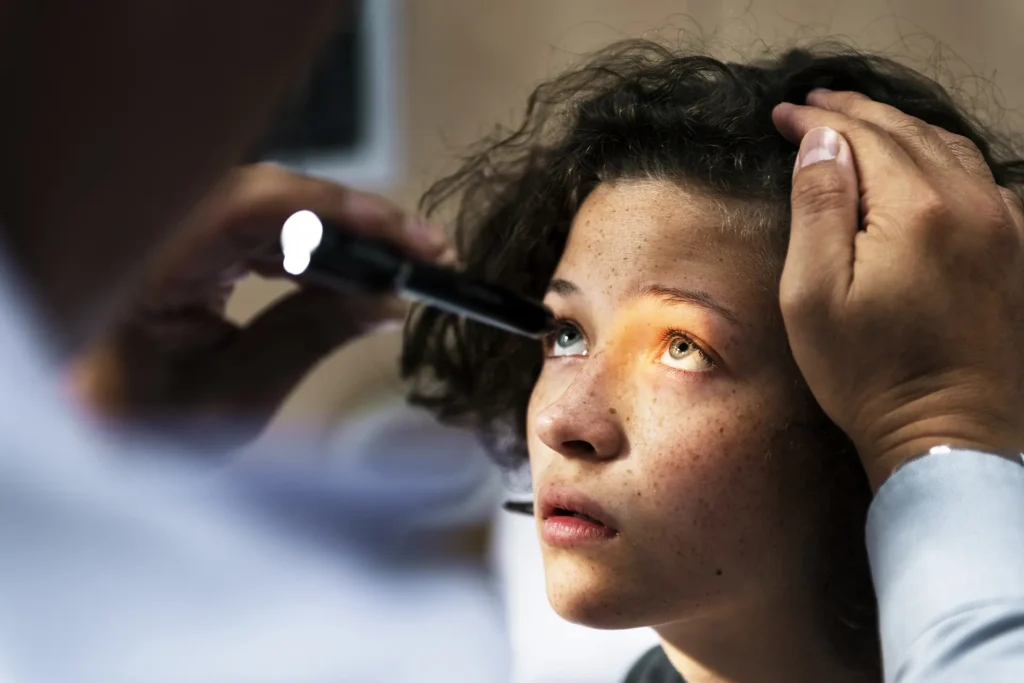Finding out your child has myopia or nearsightedness may not be the best news, but, fortunately, it’s easily treatable. Glasses and contact lenses work well at restoring 20/20 vision, however, these solutions don’t treat the underlying cause of myopia. This means your child’s nearsightedness can still get worse if the underlying problem goes untreated.
Preventing this condition from getting worse is what the management of myopia is designed to do. Read on as a Fort Worth, TX optometrist discusses myopia, what causes it, and how myopia can be managed.
What Causes Myopia?
Approximately 30 percent of Americans have myopia, a condition that makes faraway objects appear blurry. Most people first experience myopia or nearsightedness in childhood. This is a time when the eyes are still growing, which accounts for why this condition can get worse as your child ages.
Nearsightedness develops in cases where the shape or length of the eyeball is longer than normal. It can also be caused when the surface of the cornea (which sits on the front surface of the eyeball) is too curved. Both of these conditions cause incoming light to bend or refract in such a way that images land in front of the retina (which sits at the back of the eyeball) instead of directly on it.
The retina is responsible for focusing incoming images, but its ability to do this partly depends on how images are sent to it. The management of myopia focuses on keeping the conditions that cause nearsightedness from getting worse.
What Is Myopia Management and How Does It Work?
Myopia management uses various tools and treatments to address the underlying causes of nearsightedness and slow the rate at which myopia progresses. Since the physiological makeup of the eye is different for each child, an optometrist will draw up an individualized treatment plan that specifically targets your child’s treatment needs.
Tools and treatments used in myopia management include:
- Atropine therapy
- Myopia control glasses
- Ortho-k contact lenses
- Multifocal contact lenses
And while nearsightedness tends to get worse as a child ages, other factors can actually promote myopia progression, including:
- Wearing glasses all day long
- Looking at digital screens, such as computers or video games, for long periods
- Wearing corrective eyewear that fully corrects myopia
- Spending large amounts of time performing close-up tasks, such as reading and writing
Myopia management not only helps slow “naturally-occurring” myopia progression but also progression caused by other factors.
If you have more questions about the management of myopia or wish to schedule a consultation, please feel free to call our Fort Worth, TX optometry office today.



